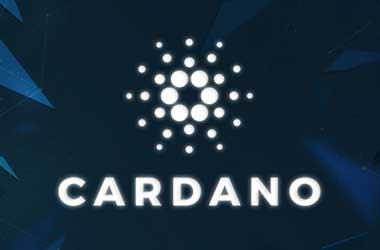
Input Output Hong Kong (IOHK), the P2P (peer-to-peer) technology firm behind Cardano, stated that the reboot will be carried out through several updates to key elements of the Cardano network, including explorer, node and updated Daedalus wallet backend, named Daedalus Flight.
Outlining importance of the reboot, which required one-and-a-half-years to finish, IOHK detailed that the latest structure is “modular, separating the ledger, consensus, and network components of the node, allowing any one of them to be changed, tweaked, and upgraded without affecting the others.”
With an objective of enhancing the prevailing code, the reboot was carried out by coding “from scratch,” with all crucial constituents of new Cardano node officially predetermined.
Amendments to the wallet’s backend and other services have been clubbed as “Adrestia,” offering exchanges and external coders to utilize a compilation of separate, autonomous libraries structured with big cryptocurrency exchanges in consideration, and Daedalus will consist of Yoroi wallet support, thereby backing particularities such as trade search and concurrent wallet recovery.
Byron Reboot is out https://t.co/Ah0C2fdEcD spread those wings and take flight!
— Charles Hoskinson (@IOHK_Charles) April 1, 2020
The launch of new Daedalus will facilitate users to trial the latest node functionality and wallet backend, and provide their response to IOHK, which has committed to offer enhancements, if necessary.
On the whole, IOHK stresses that the reboot will cause an improvement in performance, in addition to greater transaction throughput ability i.e. the level of demand that can be handled by the network with regards to transactions per second.
The programmers are also looking at the possibility of minimizing entry restrictions by turning Cardano node more capable with regards to memory utilization, thereby facilitating its users with low hardware specifications to take part in the network and assist in guaranteeing higher level of decentralization.
IOHK calls the reboot as a standard procedure than an isolated occurrence, pointing that its “goal is to gradually and sustainably migrate the entire Cardano blockchain to working on the new node implementation, without any disruption or loss of service.”
On completion of the aforesaid procedure, IOHK intends to concentrate on the Haskett Shelley testnet, which involves incorporation of stake pool operators to inspire them to get ready for functioning on the forthcoming Shelley mainnet.
IOHK was founded by cryptographer, mathematician and entrepreneur Charles Hoskinson in 2015.
He is also the co-founder of Ethereum (ETH) blockchain. Last month, Hoskinson stated that his ultimate plan is to see Cardano turn 50 to 100x decentralized than Bitcoin, upon completion of software upgrades.